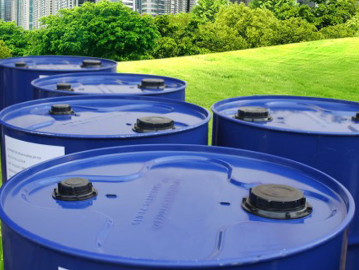
Polyether amine (PEA) is a versatile and innovative class of molecules that are revolutionizing the world of materials science. With unique properties and a wide range of applications, PEA is playing a crucial role in addressing the challenges of tomorrow and breaking new frontiers in various industries.
One of the key characteristics of PEA is its ability to act as a curing agent in epoxy resins, providing excellent adhesion, flexibility, and durability to the final products. This makes PEA an essential component in the manufacturing of composite materials, coatings, adhesives, and sealants. In the aerospace industry, for example, PEA-based composites are being used to create lightweight and high-strength components for aircraft, leading to improved fuel efficiency and performance.
In the automotive sector, PEA is being used to develop advanced coatings that provide superior protection against corrosion, heat, and wear. These coatings enhance the longevity and performance of vehicles, reducing maintenance costs and improving overall sustainability. Furthermore, PEA-based adhesives are being utilized in the assembly of electric vehicles, ensuring secure bonding of components and enhancing the safety and reliability of these vehicles.
In the construction industry, PEA is being employed to enhance the performance of concrete, mortar, and grouts. By improving the bonding properties and durability of these materials, PEA helps in the construction of sturdy and long-lasting structures that can withstand harsh environmental conditions. Additionally, PEA-based sealants are being used to prevent water and chemical infiltration in buildings, enhancing their sustainability and longevity.
Moreover, in the renewable energy sector, PEA is being utilized in the manufacture of wind turbine blades and solar panels. By providing excellent adhesion and chemical resistance, PEA ensures the structural integrity and longevity of these components, contributing to the efficiency and reliability of renewable energy systems. This, in turn, helps in reducing our dependence on fossil fuels and mitigating the impact of climate change.
In the healthcare industry, PEA is finding applications in the development of bio-compatible materials for medical devices and implants. With its biocompatibility and low toxicity, PEA ensures the safety and effectiveness of these devices, improving patient outcomes and quality of life. Furthermore, PEA-based coatings are being used to create anti-microbial surfaces in hospitals and healthcare facilities, reducing the risk of infections and improving hygiene standards.
Overall, the versatility and innovative properties of Polyether amine are opening up new possibilities and solutions for tomorrow's challenges across various industries. By breaking new frontiers and pushing the boundaries of materials science, PEA is playing a vital role in driving progress and innovation in the global economy. As we continue to explore the potential of PEA and harness its capabilities, we can look forward to a future where sustainable, durable, and high-performance materials are the norm.